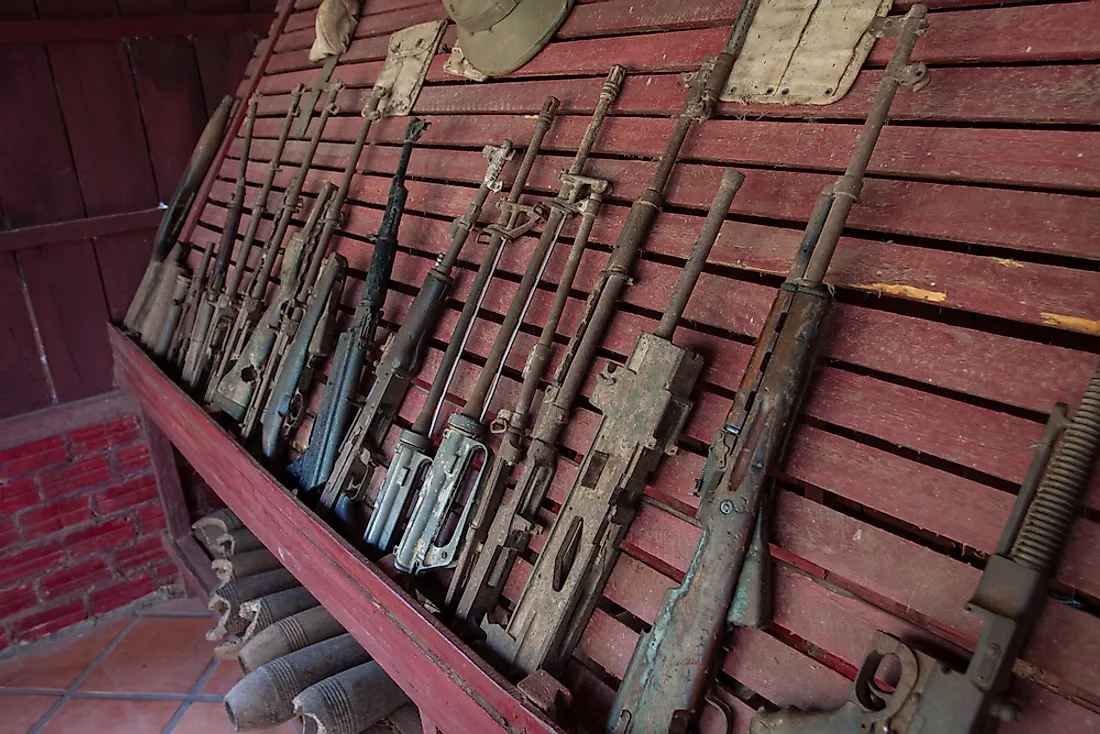What Caused The Cambodian Civil War?

The Cambodian Civil War was an armed conflict that involved the Khmer Rouge, Viet Cong, and North Vietnam, against the Kingdom of Cambodia and South Vietnam, with the support of the United States. The Khmer Rouge were members of the Communist Party of Kampuchea. The war began on March 11, 1967, and ended on April 17, 1975. It was responsible for the death of 240,000–800,000 people.
Background
In the mid-1800s the French took control of Cambodia and Vietnam. The region under their control was known French Indochina. During the Second World War Japanese and Thai forces took control of Cambodia. As soon as the war came to an end Cambodia began its struggles for independence. In 1953 France recognized the independence of Cambodia. In 1955 the then king of the country Norodom Sihanouk acquired the title of the prime minister. In 1960 he became the head of state.
Short-Term Causes
The war was sparked by a disagreement between the neutral administration of King Sihanouk, the head of state, and the serving Prime Minister Lon Nol. Political tension and economic instability in the capital city Phnom Penh was piling pressure on rural communist communities. The Prime Minister Lon Nol decided to impose higher revenues on rice, a move that saw the landowners in Battambang initiate an insurgency that quickly developed into a revolt against the government. In a few months, 11 of the 18 provinces of Cambodia were revolting against the government under the umbrella of communism.
Long-Term causes
Sihanouk protested the move by the prime minister but he was voted out by the national assembly in March 1970. Lon Nol was granted emergency powers and declared the head of state. As a result, the Khmer Republic was formed under the support of the US and the monarchy was abolished. The Khmer Rouge needed the support of peasant’s citizens and quickly gained control of Cambodia and the country was renamed Democratic Kampuchea. Cambodians in cities and towns were forced to move to the rural areas where they worked in Labour camps under supervision.
Political Impact
After Sihanouk was overthrown, Pol Pot took the responsibility of dethroning the government of Lon Nol. He allied himself with the ousted king and China. China supplied weaponry while Pol Pot generated revenue from rubber and rice plantations. The communist course grew immensely powerful that it was recognized by sixty-three countries as the official Cambodian government. In 1975 a new government took over the control of Cambodia and began the process of negotiating the surrender of the Khmer Rouge. A few months into office the government collapsed and Pol Pot formed the Republic of Kampuchea in September 1975.











